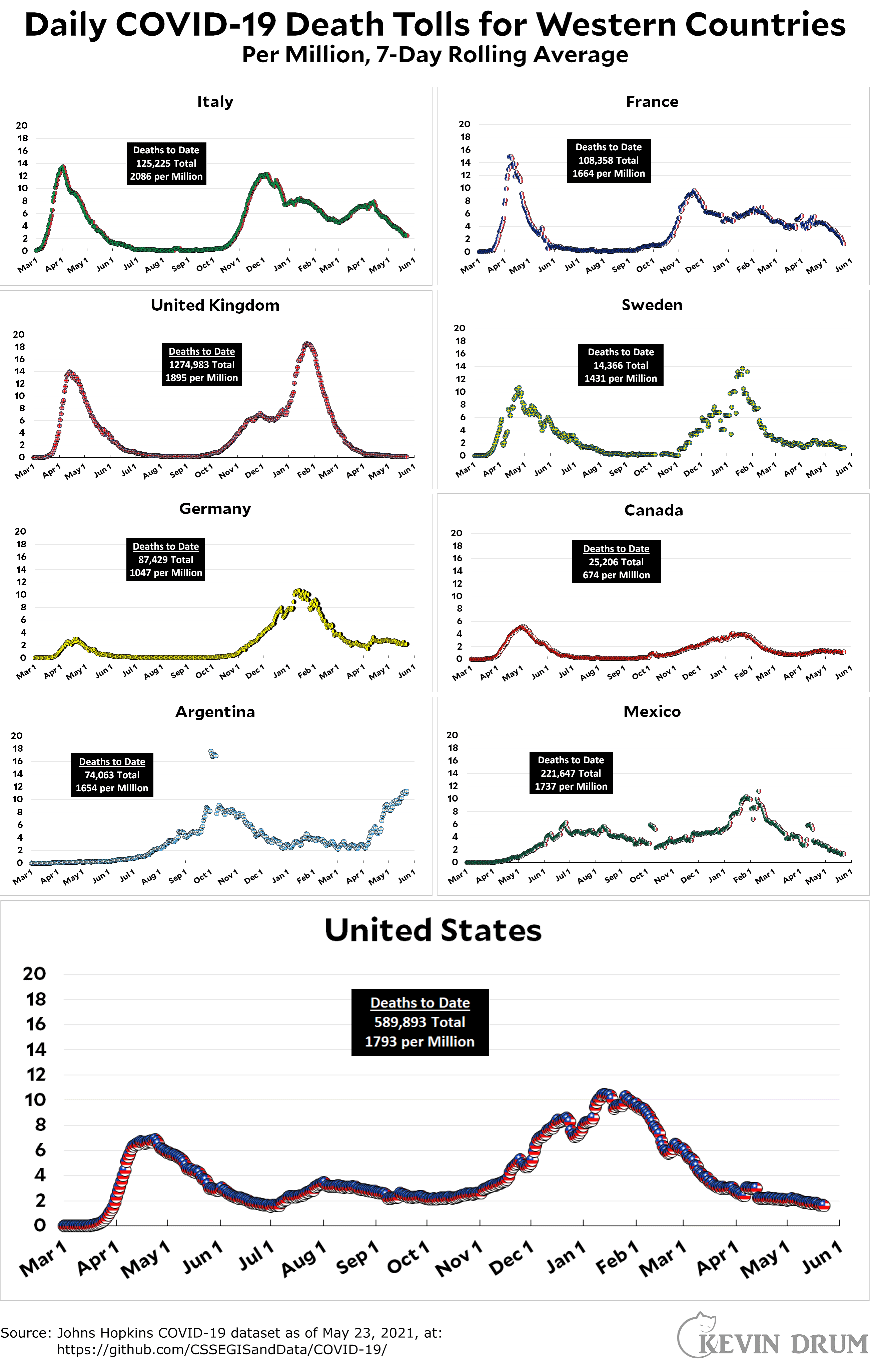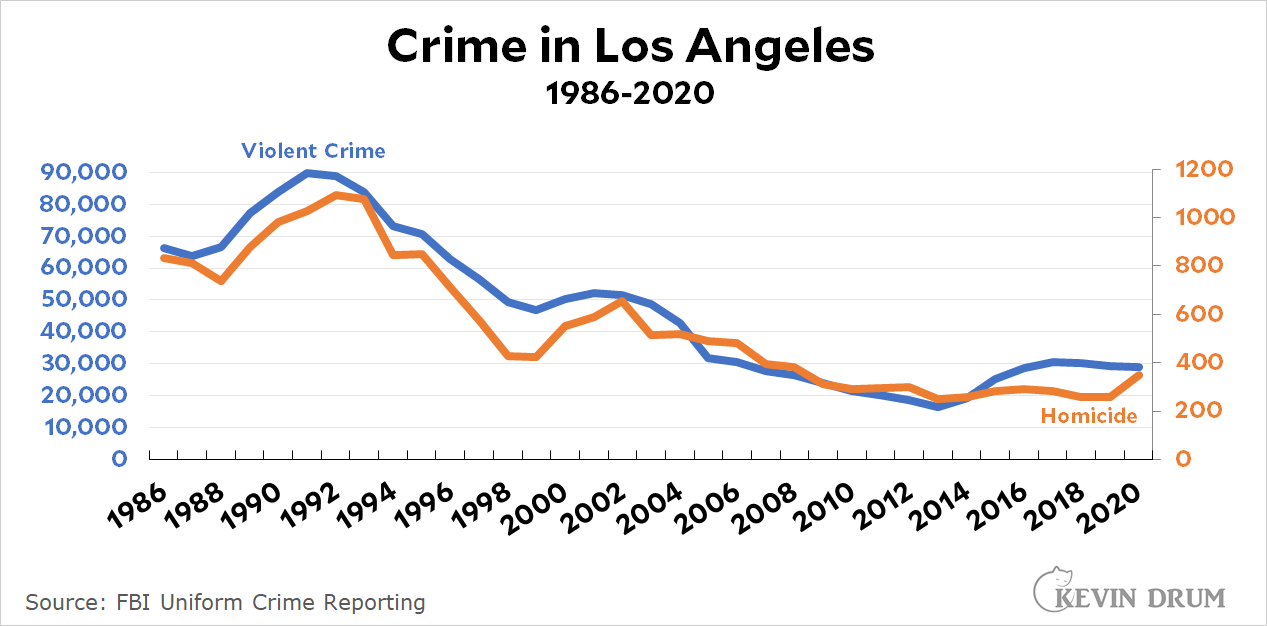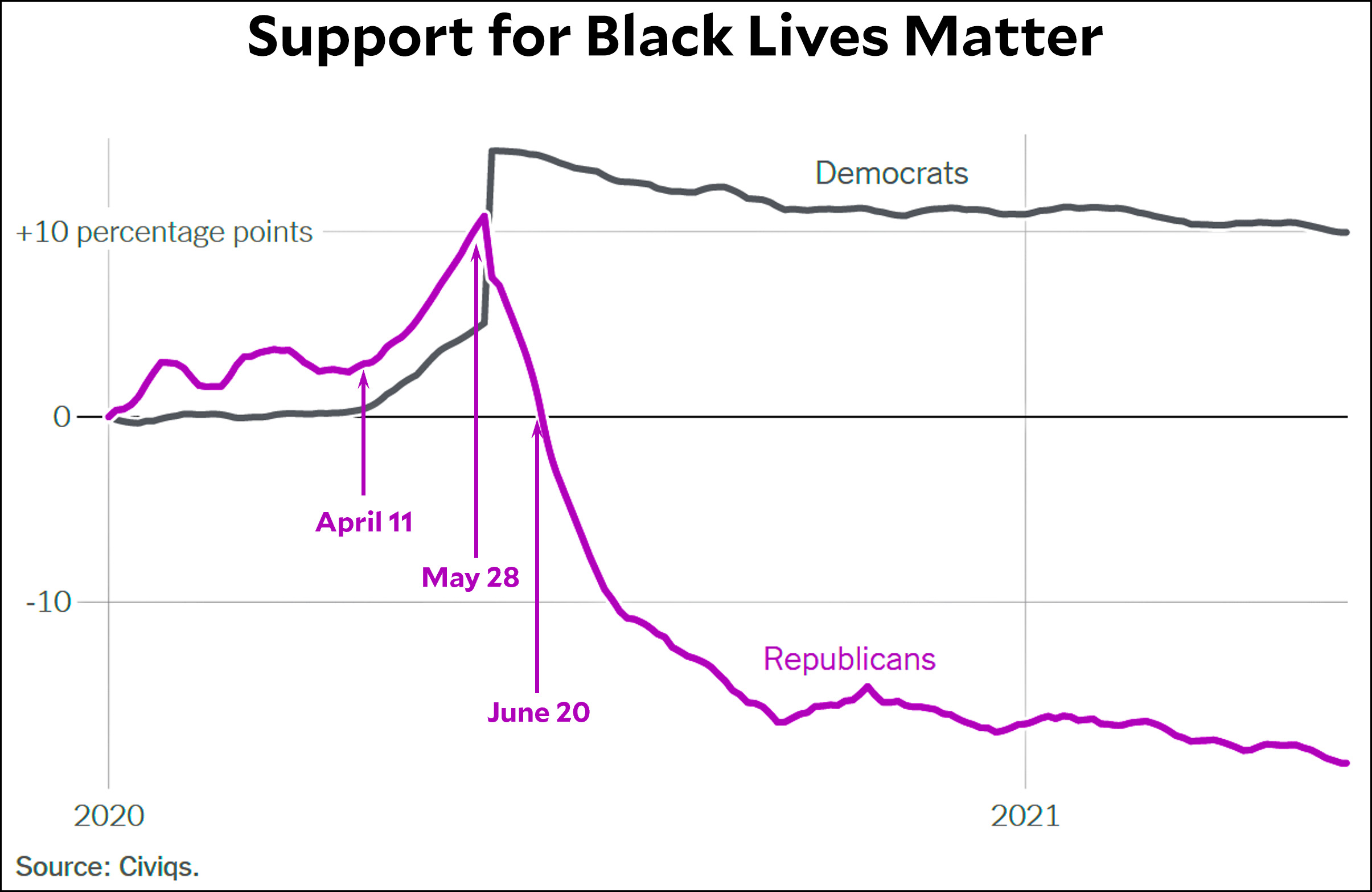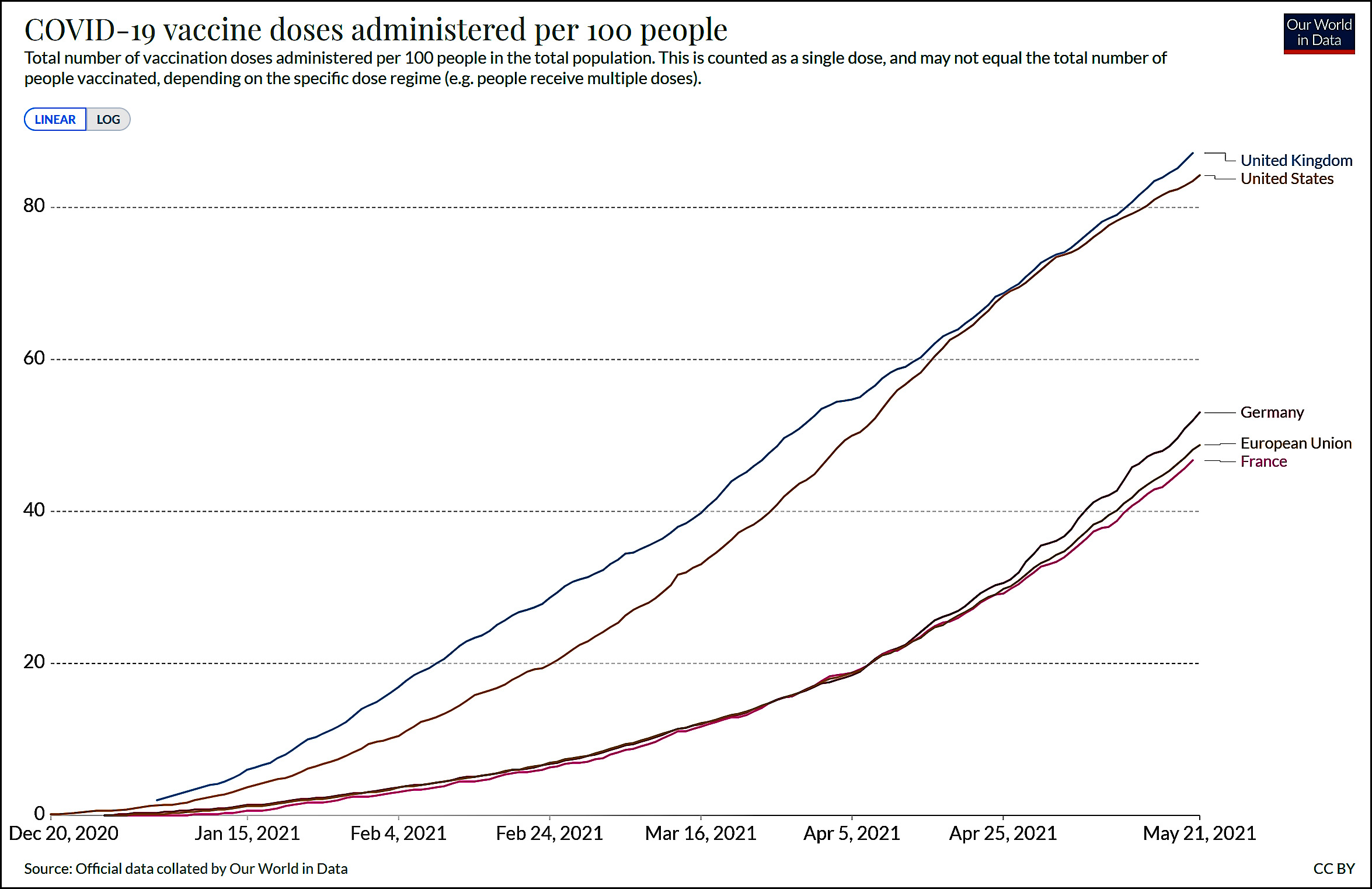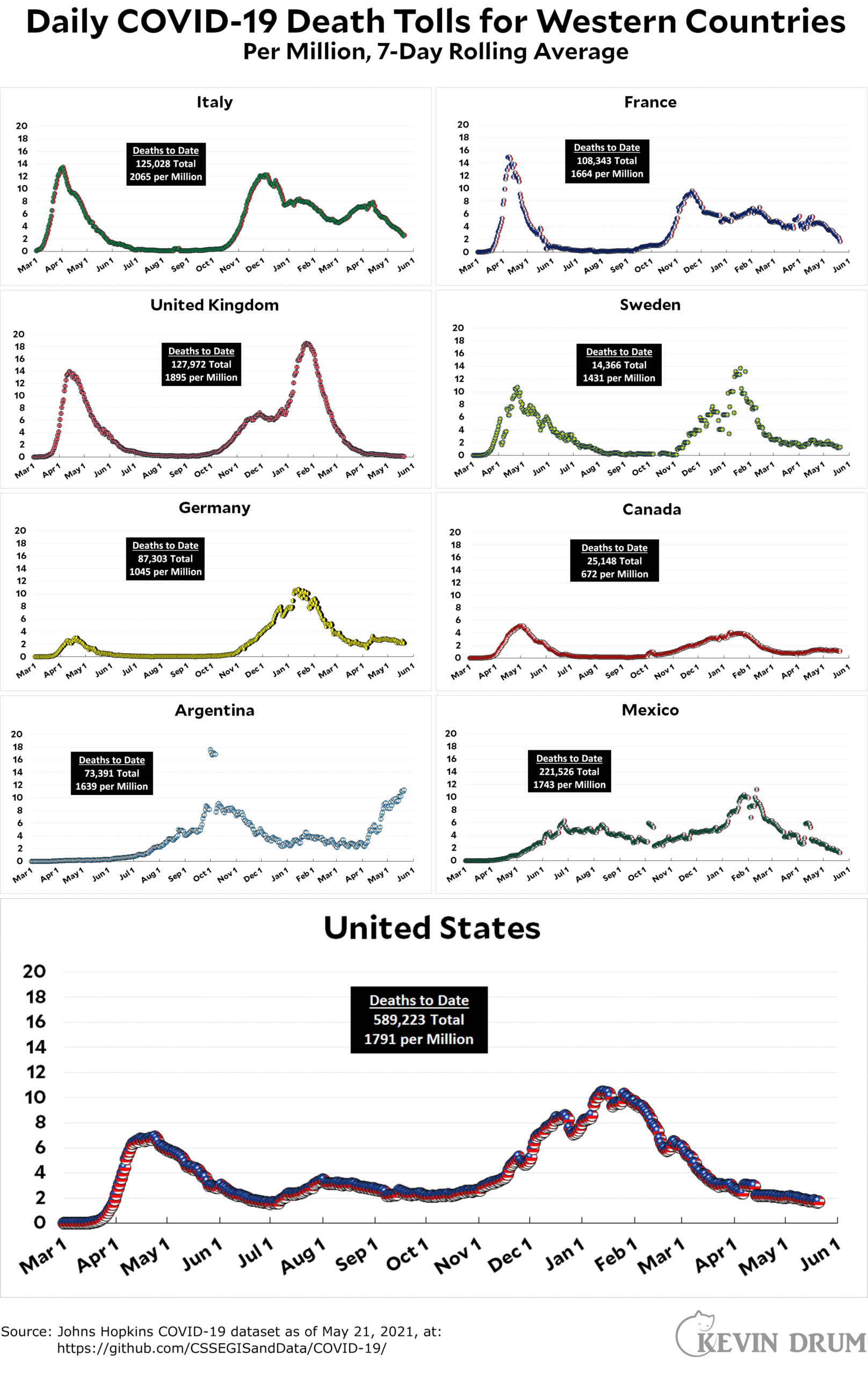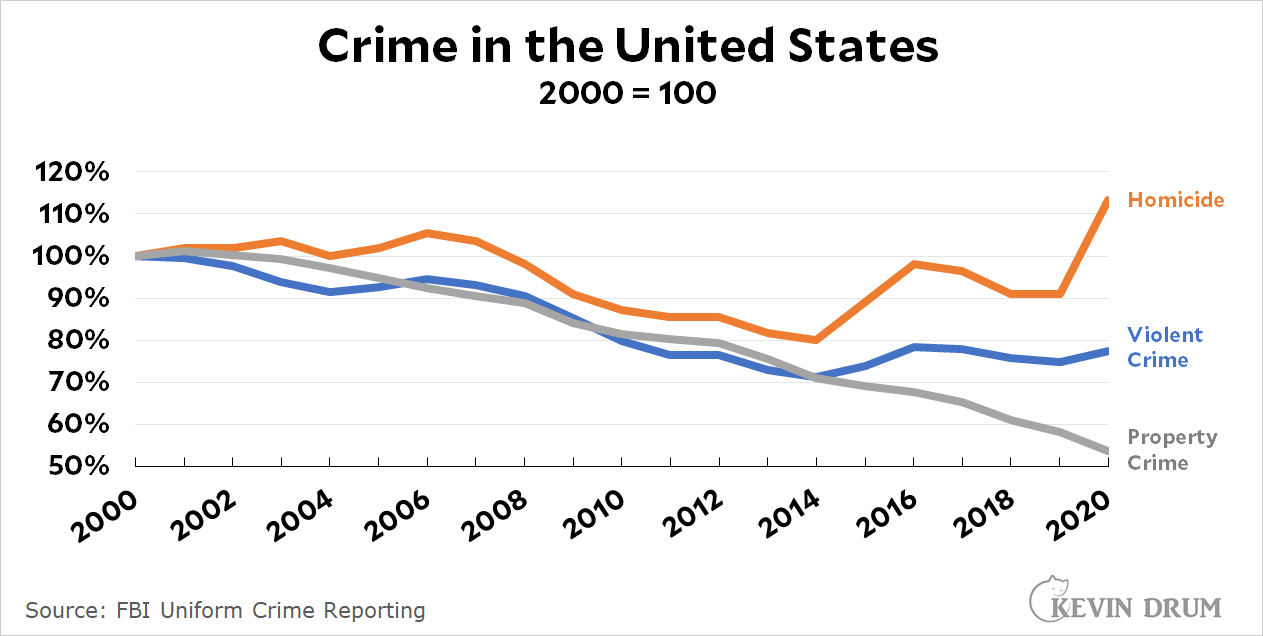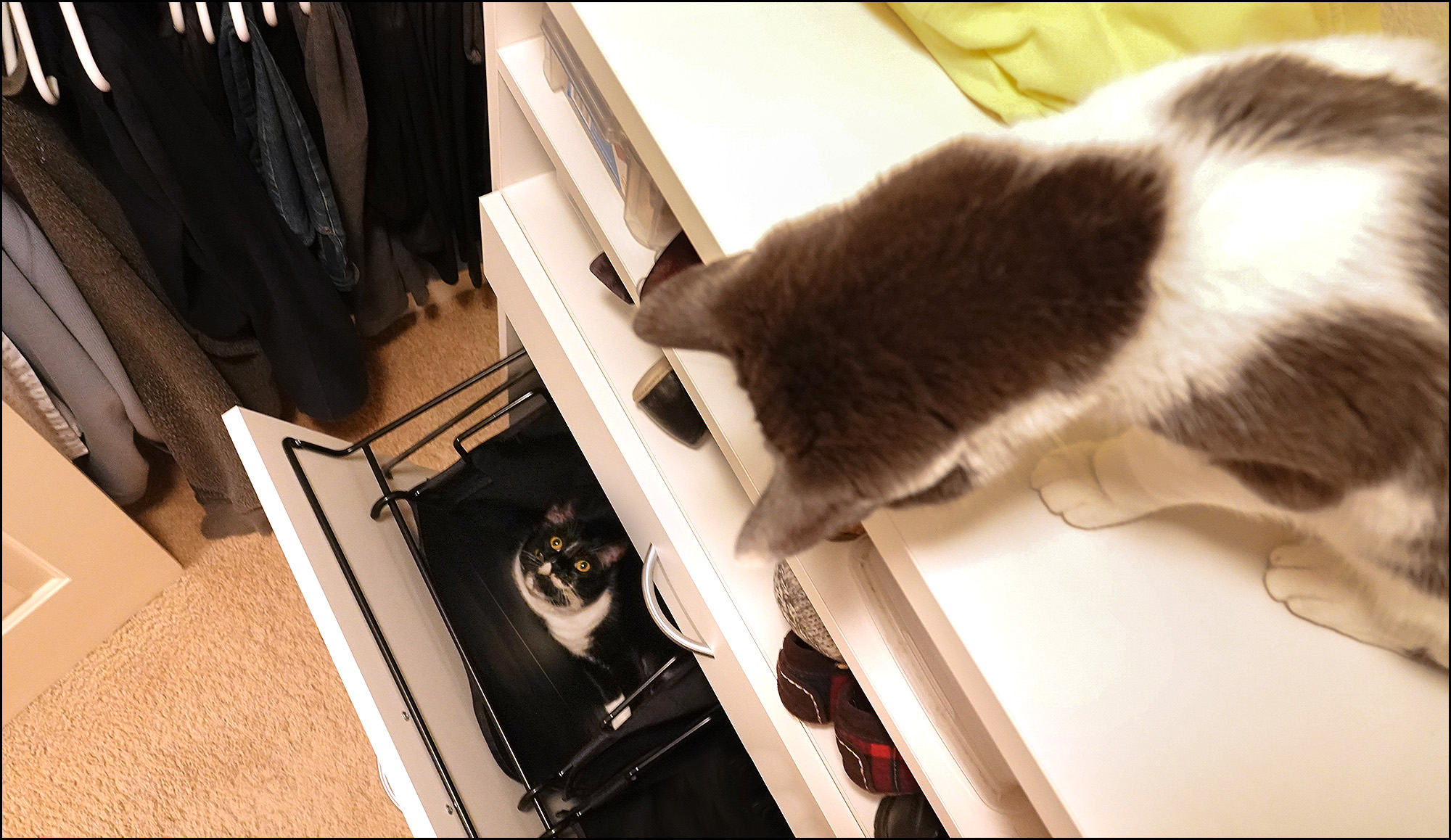Startup chief executives are turning a cold shoulder to SPACs....So-called blank-check companies, which go public with no assets and then merge with private companies, exploded in popularity last year as a mechanism for startups to raise a lot of money with more speed and fewer regulatory hurdles than a traditional initial public offering.
More recently, startup CEOs have watched many of their peers endure stock slides and earnings calls with disappointed investors in the weeks after finishing a SPAC deal. For many, it has been a bitter reality check that public-market investors might not be as generous as SPAC creators have been with early-stage companies with unpredictable revenue and growing pains.
Did these clowns think that just because they took a trendy shortcut to going public that investors would automatically fall in love with them? That lousy earnings growth or missed targets would be cheerfully ignored? What galaxy are they from?
A word to the wise: Once you're public, you're public. If you don't perform, you get hammered. End of story.

